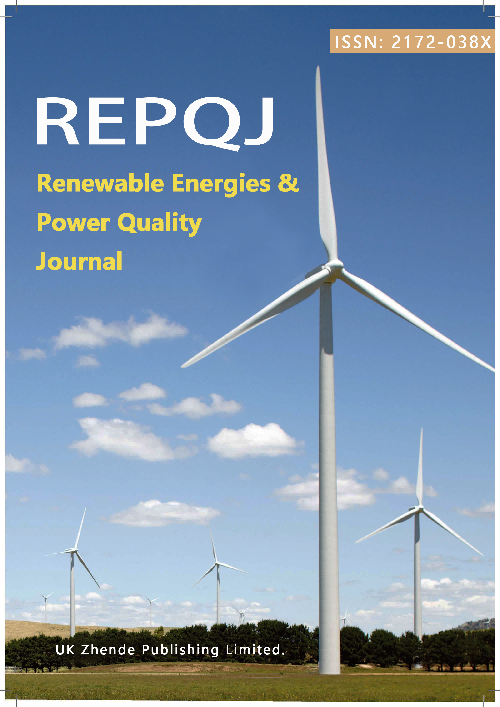Innovation of Graph Neural Network in Power Material Transportation Path Optimization
DOI:
https://doi.org/10.52152/4152Keywords:
Power Material Transportation, Graph Neural Networks, Path Optimization, Multi-objective Optimization, Real-time Path AdjustmentAbstract
Traditional Dijkstra and A* algorithms cannot quickly adapt to the dynamic changes in the transportation of power materials. In the face of traffic jams, bad weather, and equipment failures, they lead to low computational efficiency and difficulty in meeting real-time requirements. This paper applies a path optimization method based on Graph Neural Network (GNN) to improve the accuracy of path prediction and real-time adjustment capabilities by learning dynamic information. First, the transportation problem is modeled as a directed graph, and each edge is attached with dynamic features including traffic time, cost, and road conditions. Through GNN, these dynamic features are used as input, and the graph convolutional network (GCN) model is used to dynamically update the graph structure through the information propagation mechanism to learn the features of nodes and edges. To deal with multi-objective optimization problems, the model sets multiple objective functions and uses a multi-task learning framework to automatically adjust the weights between the objectives. At the same time, based on real-time traffic flow, weather conditions, and other data, the model has the ability to adjust the path in real-time. Whenever the environment changes, the network automatically adjusts the path planning to ensure transportation efficiency and timeliness. Experiments show that the standard deviation of path consistency in emergencies is within 7.8-12.6 meters, and the computational time is lower than that of Dijkstra and A* algorithms, which is sufficient for efficient power material transportation.
Downloads
Published
Issue
Section
License
Copyright (c) 2025 Mo Huang, Xiaochun Lei (Author)

This work is licensed under a Creative Commons Attribution 4.0 International License.











